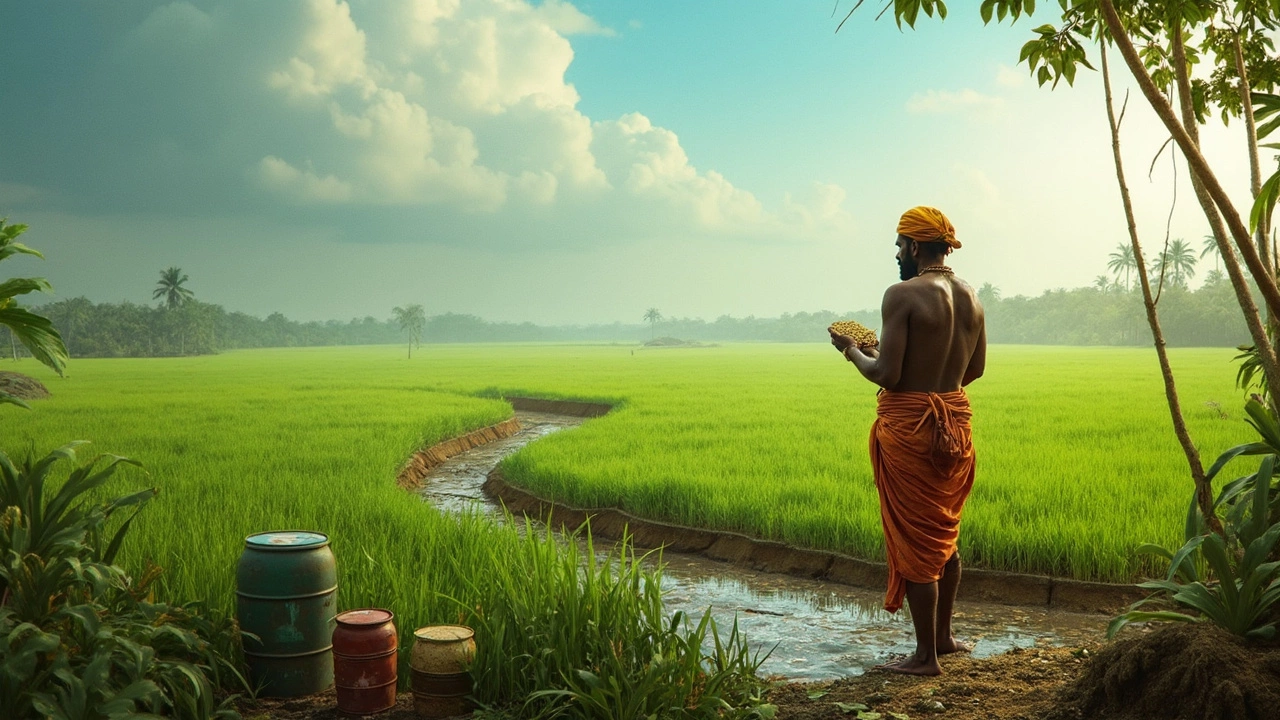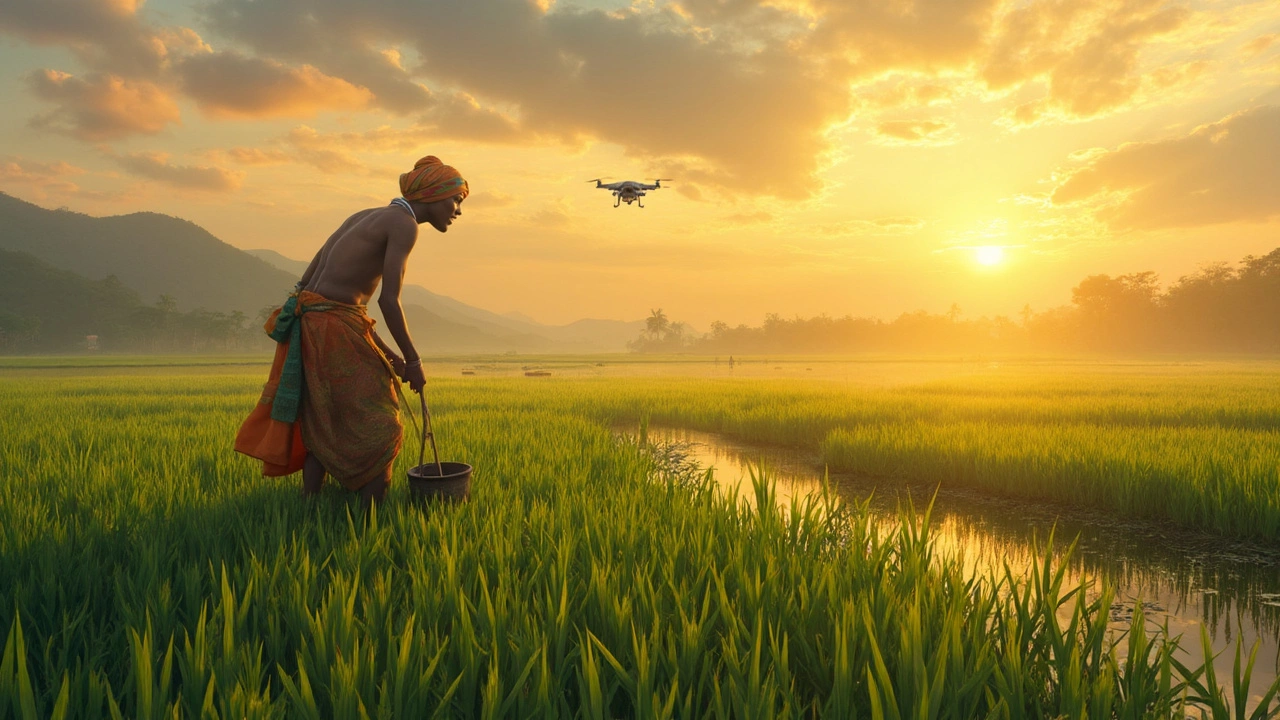Rice feeds billions, but growing it requires perfect water control, warm temperatures, heavy soil, and relentless labor. Even small mistakes can wipe out an entire crop.
Rice Cultivation in India: How It Works, What You Need, and Why It Matters
When you think of rice cultivation, the process of growing rice as a staple crop, primarily in flooded fields called paddies. Also known as rice farming, it's the backbone of food security for over 60% of India’s population. Unlike many plants that come back year after year, rice doesn’t regrow. It’s an annual crop — meaning every season, farmers start from scratch. This isn’t a flaw; it’s how it’s been done for thousands of years, and it’s still the most reliable way to feed a nation.
What makes rice cultivation in India so unique isn’t just the water or the soil — it’s the rhythm. Monsoon rains dictate the planting schedule. In the Kharif season, farmers flood their fields and sow seeds when the sky opens up. By November, the fields turn golden and the harvest begins. But here’s the catch: you can’t just plant rice anywhere. It needs flat land, good water retention, and a long warm growing period. That’s why states like West Bengal, Punjab, and Andhra Pradesh lead in production — their geography matches rice’s needs perfectly. And while some research is testing perennial rice, a type of rice that can regrow after harvest, reducing labor and soil disturbance, it’s still experimental. Most Indian farmers still rely on the traditional cycle: plow, plant, flood, harvest, repeat.
There’s more to it than just planting seeds. Rice cultivation needs careful management of water, nutrients, and pests. Farmers often use organic compost or green manure to keep the soil rich without expensive chemicals. Drip irrigation is rare here — most still use flood irrigation because it’s cheap and works well in small plots. But even simple mistakes can ruin a crop: planting too early, letting water drain too fast, or skipping weed control. That’s why understanding the rice growth cycle, the 90 to 150 days from seed to harvest, including germination, vegetative growth, flowering, and grain filling is non-negotiable. You don’t just wait — you watch. You learn when the leaves change color, when the panicles start to bend, when the grains turn hard.
And yes — you’ll find posts here that clear up myths. Like the idea that rice comes back every year. It doesn’t. You replant. Every time. And while balcony gardens might grow basil or tomatoes, rice needs space, water, and sun — real farmland. But even if you’re not a farmer, understanding this process helps you appreciate why rice costs what it does, why monsoons matter so much, and why sustainable practices aren’t optional — they’re survival.
Below, you’ll find real posts from farmers and gardeners who’ve dealt with rice’s quirks, from soil prep to harvest timing. No fluff. Just what works — and what doesn’t — in Indian fields.
Rice isn't just for wet paddies—it's possible to grow it on dry land too. This article explains how rice farmers have adapted their methods to work without flooded fields, including crop choices and soil care. You'll find out which types of rice can survive with less water, and what challenges come up when fields stay dry. There are smart tips for feeding the soil and keeping pests away, plus examples from real farmers making it work. Anyone curious about farming rice off the paddy will get straight answers here.
Rice is a staple food for billions, but it comes with some hidden problems. From environmental impacts to health concerns, growing and eating rice isn't always as simple as it seems. This article breaks down the main drawbacks of rice and gives you tips to deal with them. You'll learn about water usage, chemical exposure, nutritional gaps, and more. If you grow rice or eat it often, you’ll want to know what’s going on behind the scenes.
Rice cultivation is rapidly evolving, making it one of the fastest-growing crops today. From new hybrid varieties to advanced farming techniques, rice is crucial not just as a staple food but also as a booming agricultural endeavor. Learn about innovative practices, the impact of technology, and tips to succeed in rice farming. Discover how rice maintains its prominence in global agriculture through speed and efficiency.



